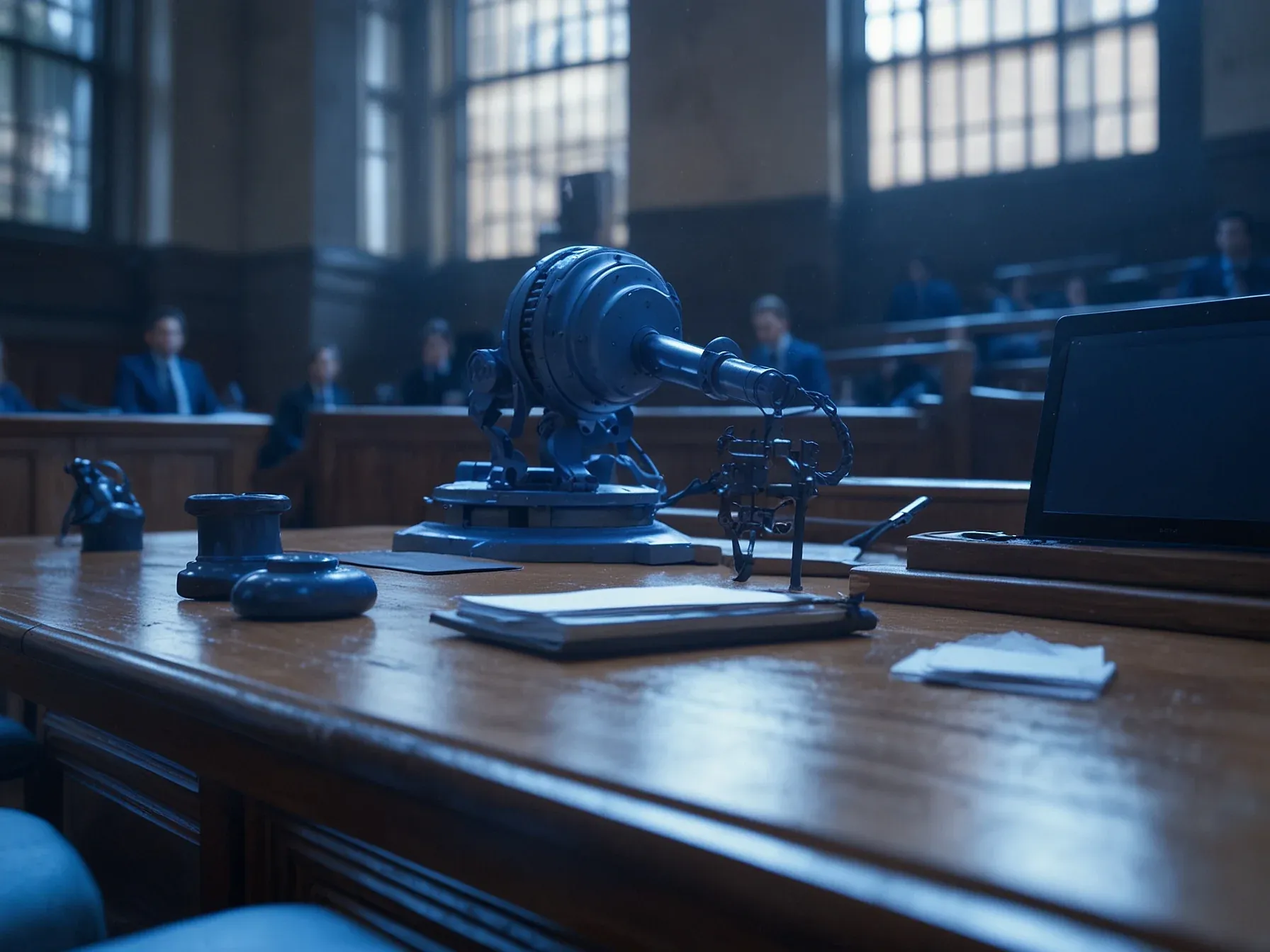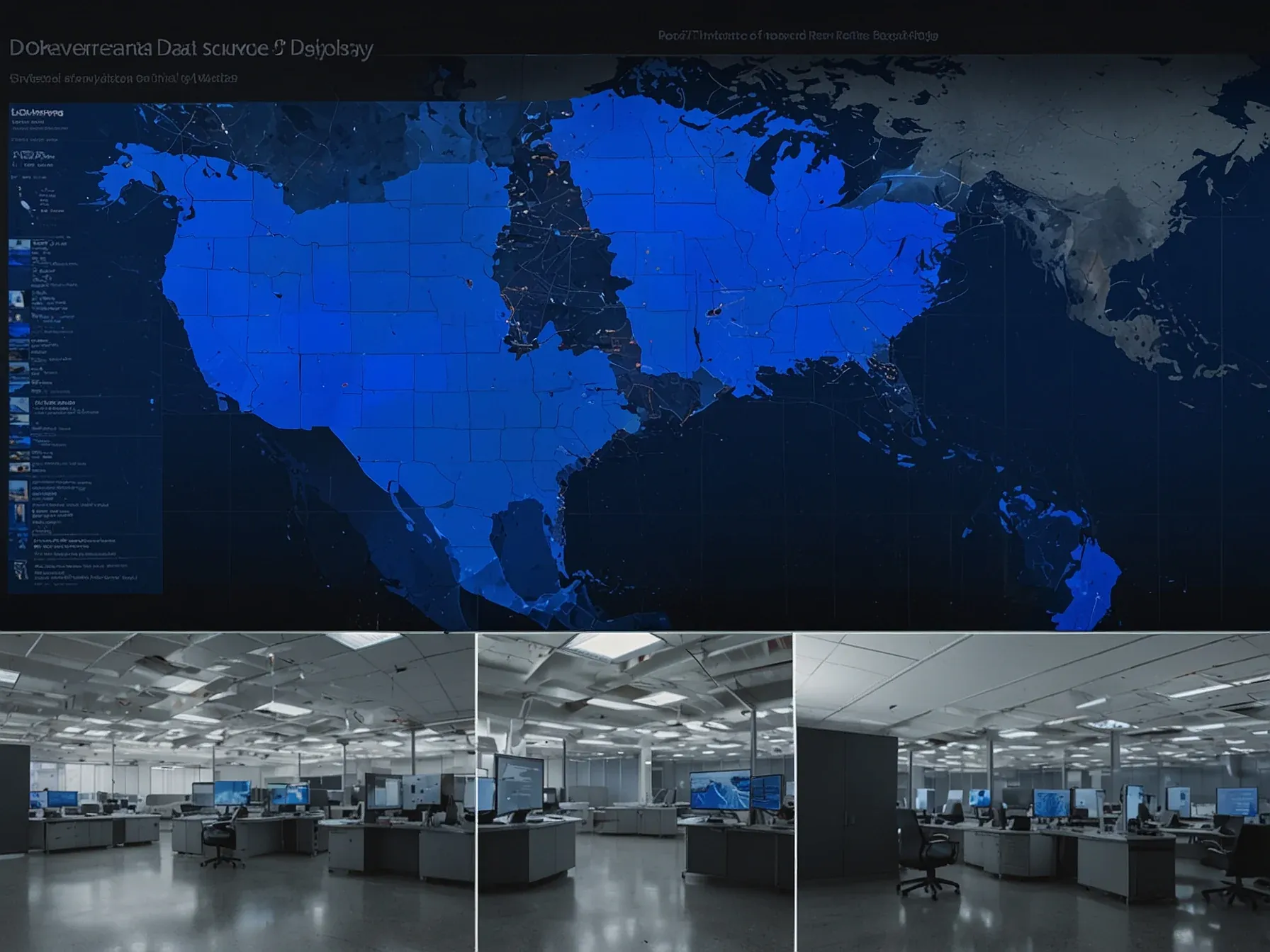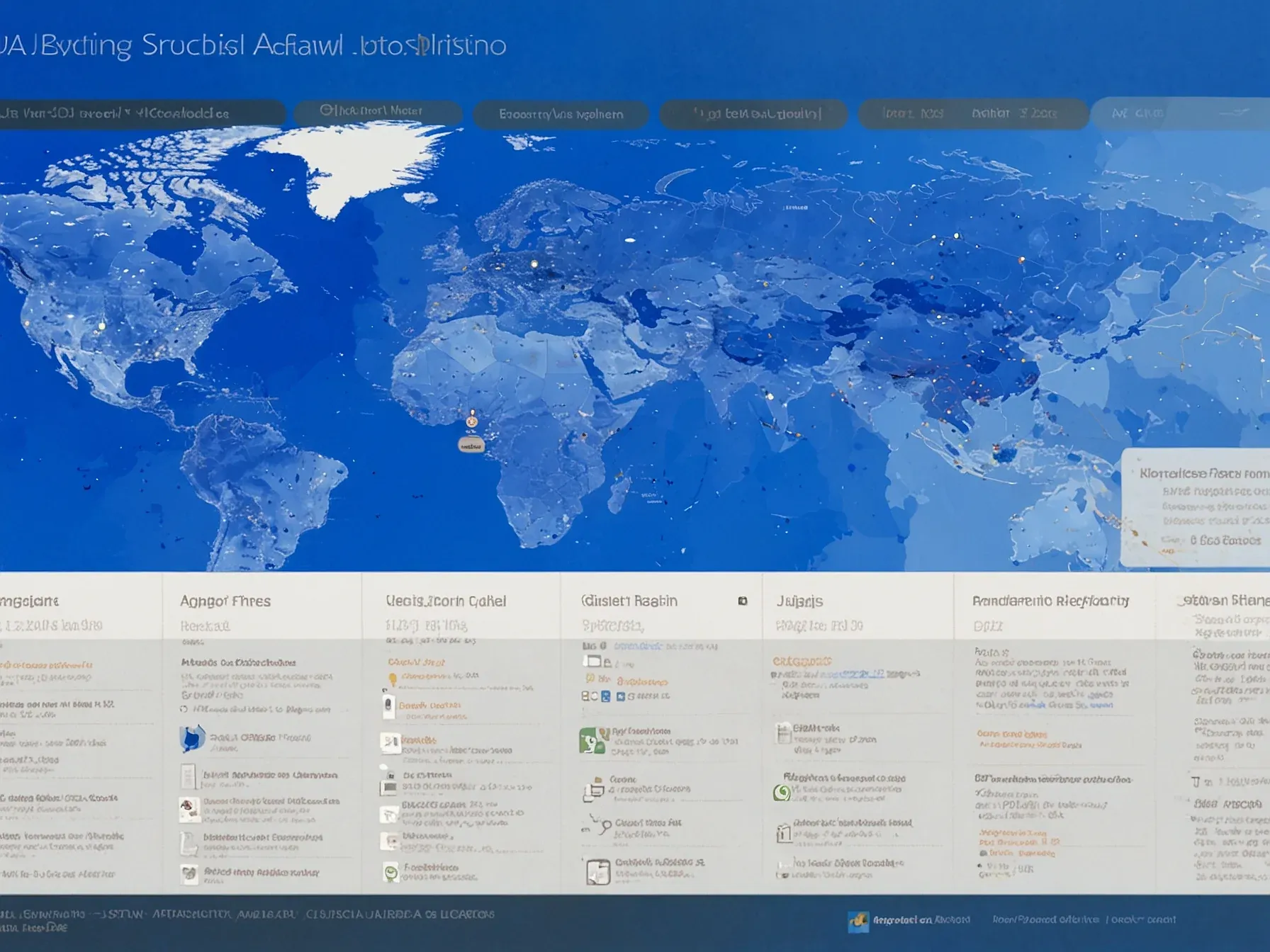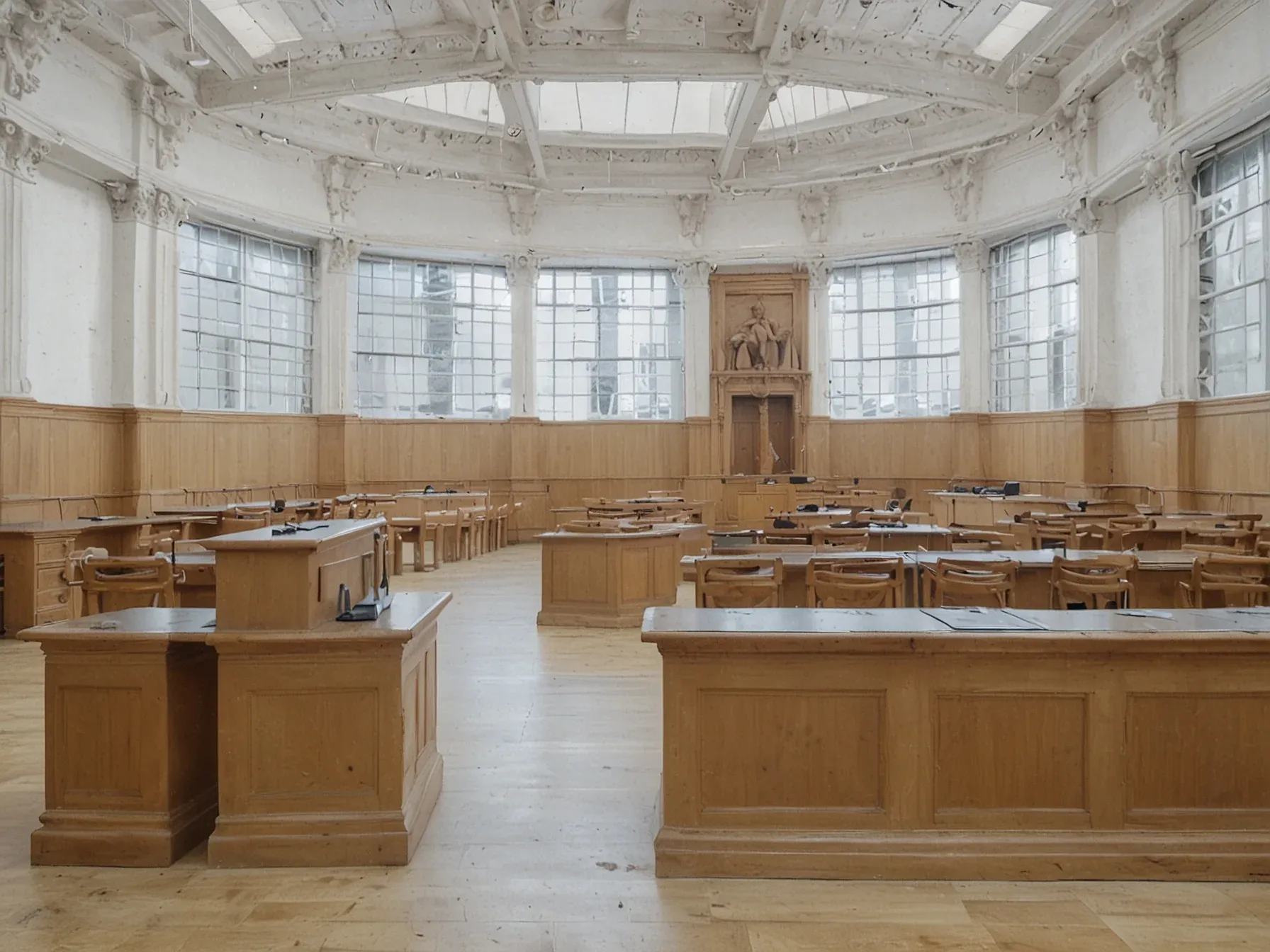
Court rules AI model contains no copies, limits Getty watermark claim
Getty Images spent much of 2025 battling an AI developer over the data that fed its image‑generation engine. The publisher claimed the model had been trained on thousands of its photographs, that the output sometimes still showed Getty’s watermark, and that both copyright and trademark rules were being flouted. The lawsuit hinged on two questions: whether the algorithm actually stored literal copies of the source pictures, and whether a lingering watermark could constitute trademark infringement.
While the tech is impressive, the legal stakes are anything but. Courts have struggled to map traditional intellectual‑property concepts onto machine‑learning pipelines, and Getty’s case was a litmus test for how far those doctrines stretch. The outcome would shape how companies protect visual assets against generative AI, and whether watermarking remains a viable defense.
In that context, the court’s decision carries weight far beyond a single dispute.
The court agreed, ruling that there are "no copies in the model." Getty also raised trademark claims, saying some AI-generated images still bore Getty's watermark; the court found limited trademark infringement. Crucially, Getty dropped its key copyright-infringement claims tied to where training happened, which underscores how territorial issues--where training or scraping occurs--may shape future AI copyright litigation. Raine vs OpenAI The family of 16-year-old Adam Raine filed a wrongful-death lawsuit against OpenAI in August, alleging that the company weakened self-harm guardrails in ChatGPT before launching GPT-4o.
The amended complaint argues OpenAI prioritised user engagement over safety, claiming that ChatGPT responded improperly to Raine's suicidal ideation, and that the company ignored clear risks linked to its AI behaviour. If the court finds OpenAI liable, it could force a reevaluation of how AI platforms incorporate psychological safety by design and whether they owe a duty of care to vulnerable users, especially minors.
Will AI’s legal footing settle soon? The seven cases highlighted this year suggest otherwise. Courts are already drawing lines—sometimes narrow, sometimes surprisingly broad—around how generative models interact with existing intellectual‑property regimes.
In the Getty dispute, the judge found “no copies in the model,” limiting the trademark claim to a handful of images that still displayed the watermark. Getty’s decision to drop its core copyright‑infringement allegations underscores how uncertain the boundaries remain. Meanwhile, Disney and Universal’s suit against Midjourney adds another layer, showing that major studios are still testing the limits of what training data can be used without permission.
Yet, each ruling leaves open questions about future enforcement and the scope of permissible training practices. The pattern emerging in 2025 is one of incremental clarification rather than sweeping reform. Stakeholders will have to watch how these precedents interact, especially as more lawsuits surface.
Whether the current decisions will deter risky data collection or merely shift tactics is still unclear, but the courts are undeniably shaping the early contours of AI governance.
Further Reading
- Getty Images v Stability AI: English High Court Rejects Secondary Copyright Claim - Latham & Watkins LLP
- Getty Images v Stability AI: Key IP Issues in AI Litigation - Simmons & Simmons
- UK High Court: landmark decision on copyright and Gen AI - Hogan Lovells
- Getty Images issues statement on ruling in Stability AI UK litigation - Getty Images Newsroom
Common Questions Answered
What did the court decide regarding whether the AI model contains literal copies of Getty Images' photographs?
The court ruled that there are “no copies in the model,” meaning the generative algorithm does not store exact replicas of the source pictures. This finding eliminated Getty’s primary copyright‑infringement claim tied to the training process.
How did the court address Getty Images' trademark claim about watermarks appearing in AI‑generated images?
The judge acknowledged that a limited number of outputs still displayed Getty’s watermark and found a narrow trademark‑infringement violation. However, the infringement was confined to only a handful of images rather than a broad violation across all generated content.
Why did Getty Images drop its key copyright‑infringement allegations in the lawsuit?
Getty withdrew its core copyright claims after the court’s determination that the model contained no literal copies, highlighting the importance of territorial and training‑location issues in AI copyright cases. The decision underscores how plaintiffs may reassess strategies when courts focus on the presence of actual copies.
What broader implications does the Getty dispute have for future AI copyright and trademark litigation?
The case illustrates that courts may draw narrow lines around what constitutes infringement, emphasizing factors such as the existence of copies and residual watermarks. It suggests that future disputes will likely hinge on nuanced technical and territorial arguments rather than blanket claims against generative models.




